Do Hydrangeas and Azaleas Do Well Planted Together?
ponderinstuff
16 years ago
Featured Answer
Sort by:Oldest
Comments (17)
rhodyman
16 years agolast modified: 9 years agoRelated Professionals
Reading Landscape Architects & Landscape Designers · New Bedford Landscape Architects & Landscape Designers · Salem Landscape Architects & Landscape Designers · Severn Landscape Architects & Landscape Designers · Vernon Hills Landscape Architects & Landscape Designers · Surprise Landscape Contractors · Bedford Landscape Contractors · Hoover Landscape Contractors · Lakewood Landscape Contractors · San Bruno Landscape Contractors · Tewksbury Landscape Contractors · Vacaville Landscape Contractors · West Chicago Landscape Contractors · Weymouth Landscape Contractors · Baileys Crossroads Landscape Contractorsego45
16 years agolast modified: 9 years agoEmbothrium
16 years agolast modified: 9 years agorhodyman
16 years agolast modified: 9 years agoroseluvr
16 years agolast modified: 9 years agokskaren
13 years agolast modified: 9 years agokskaren
13 years agolast modified: 9 years agolivinez
13 years agolast modified: 9 years agocarolinamary
13 years agolast modified: 9 years agolivinez
13 years agolast modified: 9 years agorhodyman
13 years agolast modified: 9 years agolivinez
13 years agolast modified: 9 years agobotann
13 years agolast modified: 9 years agoMaryann Keating
last yeargardengal48 (PNW Z8/9)
last yearluis_pr
last yearlast modified: last year
Related Stories
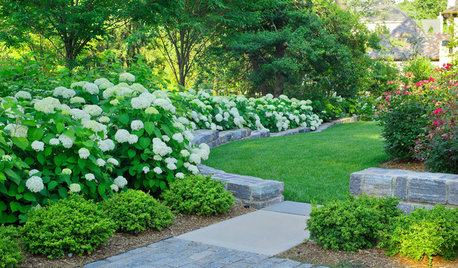
FLOWERS AND PLANTSHydrangea Arborescens Illuminates Garden Borders and Paths
This long-blooming eastern North American native shrub finds a home in landscapes around the world
Full Story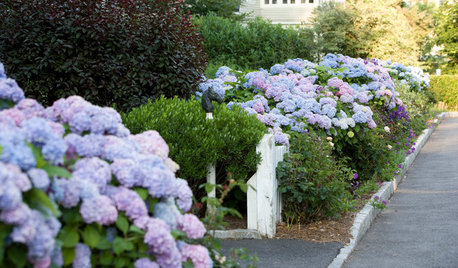
FLOWERSWhy You Should Give Hydrangeas a Place in Your Yard
The exuberant mop-headed beauties evoke dreams of an endless summer by the sea
Full Story
PETS6 Ways to Help Your Dog and Landscape Play Nicely Together
Keep your prized plantings intact and your dog happy too, with this wisdom from an expert gardener and dog guardian
Full Story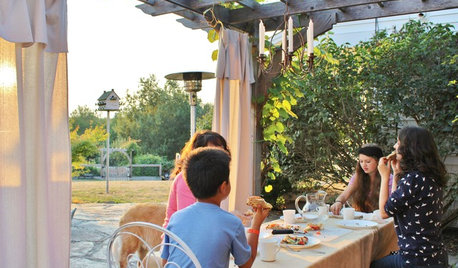
HOUZZ TOURSMy Houzz: A Modern-Day Homestead Brings a Family Together
Their 5-acre Washington property, with sports court, swings, pizza oven and gardens, is a labor of love and communal playspace
Full Story
GARDENING GUIDESGreat Design Plant: Asclepias Incarnata for a Butterfly Garden
Beautiful swamp milkweed makes it easy to help monarchs and other pollinators in eastern U.S. gardens
Full Story
NATIVE PLANTSGreat Design Plant: Wild Bergamot, Friend of Foragers
Nourish butterflies and other winged creatures with the tubular flowers of Monarda fistulosa, a pretty pink native
Full Story
FALL GARDENINGWhy Fall Is the Best Time for Planting
Spring is overrated for planting. Starting plants in autumn has advantages for both garden and gardener
Full Story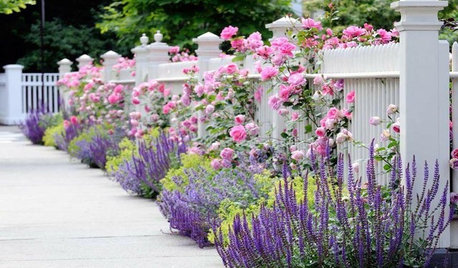
LANDSCAPE DESIGN4 Gorgeous Garden Looks for a Narrow Planting Strip
Make a strong design statement in an unexpected place with these ideas for perimeter plantings, pocket gardens and more
Full Story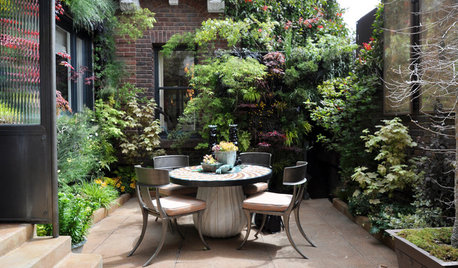
LANDSCAPE DESIGN8 Ways to Grow More Plants in Small Spaces
Use plants to bring your pocket garden to life
Full Story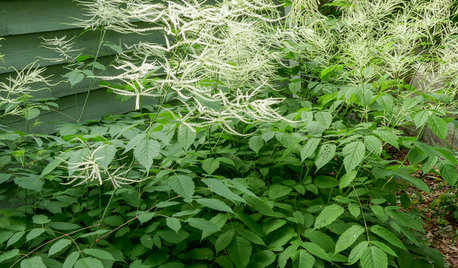
FLOWERS AND PLANTSAruncus Dioicus Is a Stately Plant for Shady, Moist Garden Spots
Plant goat’s beard in perennial and woodland gardens. Its large white spring blooms attract bees, beetles and butterflies
Full Story






luis_pr